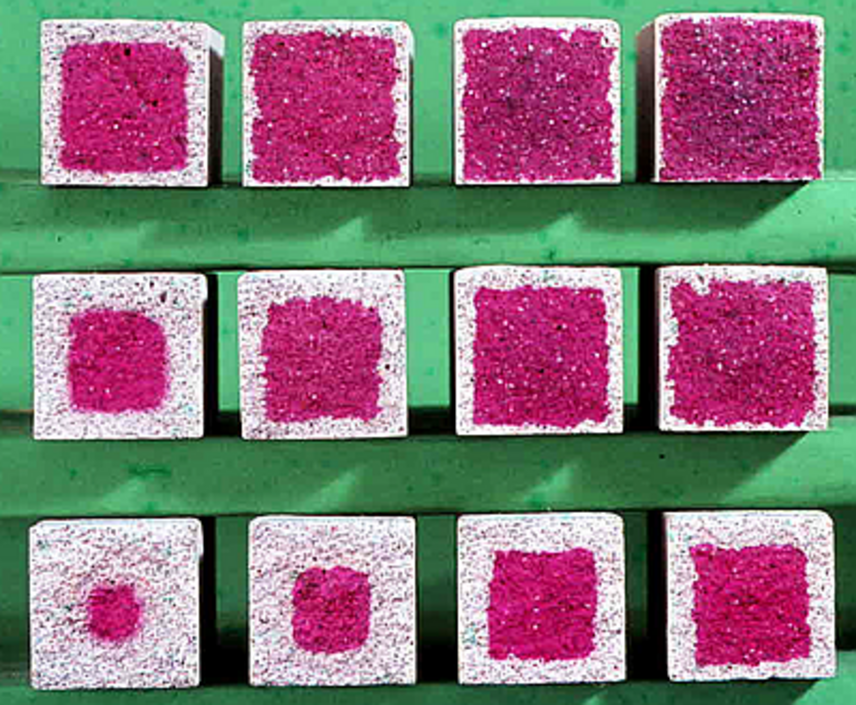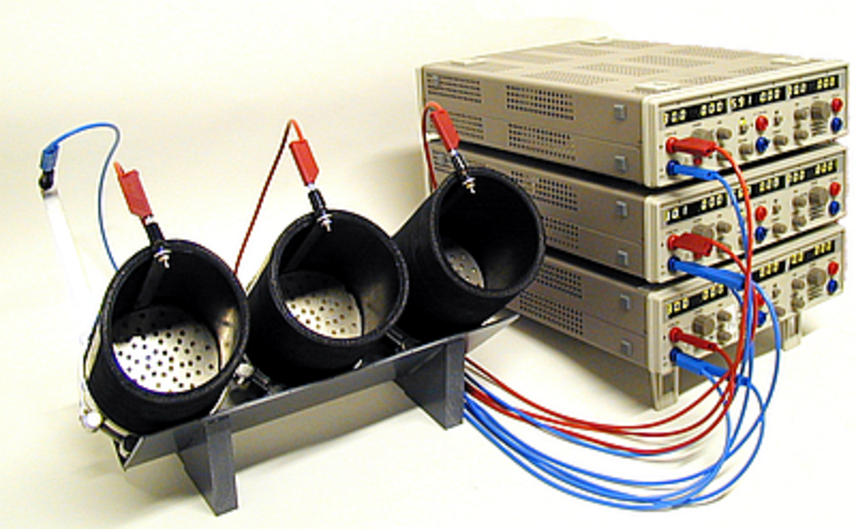A more precise prediction of the service life can be performed with the probabilistic models published in the “fib Model Code Service Life Design” (fib-Bulletin 34). Usable probabilistic models exist for the depassivation of the reinforcement steel caused by carbonation or chloride ingress. These models provide an opportunity to describe the influences of the concrete composition on the depassivation of the reinforcement more detailed which can be used for an optimisation afterwards. This optimisation with reference to the serviceability limit state in combination with experimental investigations can be used to close gaps in knowledge referring to the use of cements with several main constituents for which only little practical experiences exist. By doing this, boundary conditions can be drafted to reach a further reduction of the clinker/cement factor and therefore to reduce the CO2 emissions of the production process of concrete.



